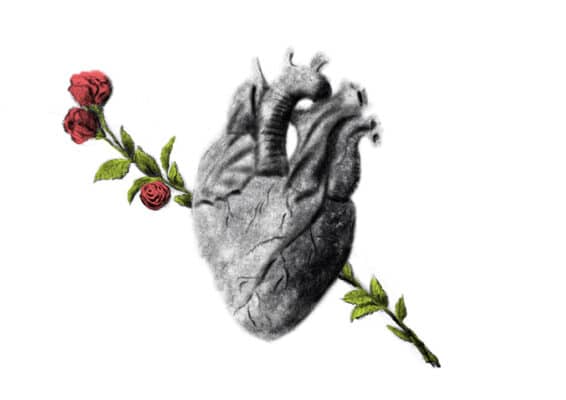
The heart: an eternal symbol from ancient history
The heart: an eternal symbol from ancient history 22/08/24 SUMMARY The heart is an element with countless nuances, meanings that have evolved over the centuries
BLACK FRIDAY – Only for Newsletter subscribers
Would you like to receive your order by CHRISTMAS? Make your purchase by December 1st.
Would you like to receive your order by ❤️ VALENTINE’S DAY? Make your purchase by January 25th.
CHRISTMAS CLOSURE – New orders will be processed from 8 January 2025
SUMMER CLOSURE 2024 – New orders will be processed from 19 August 2024 – 10% on the entire Shop
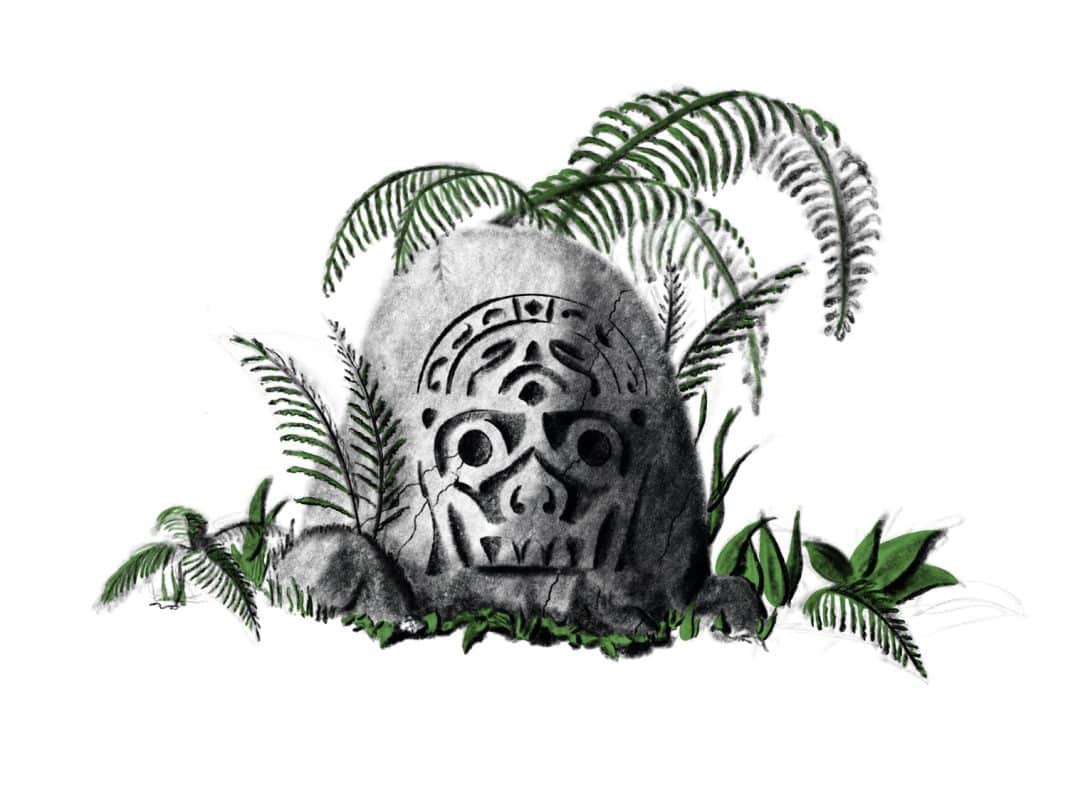
I can die. I can live.
(Ka Mate – Haka Maori)
Have you ever witnessed a Haka? Hands, feet, muscles, eyes, voice and gestures accompany the exaggerated facial expressions during an impressive martial dance.
One of the most powerful chants in New Zealand is the Ka Mate. Made popular throughout the world by Rugby itself, thanks to the legendary All Blacks team, in his words he expresses the great triumph of life over death. It is from here, from the Ka Mate, that we must start to understand how to put two formidable symbols side by side: the skull (death) and the Maori tattoo (life).
First, however, two premises:
– The Maori Skull is not a Maori symbol. There is no such thing in Maori culture as decorating skulls with the typical shapes of their tattoos. Unlike the bloodthirsty Aztecs and the fascinating pre-Columbian civilizations, who erected entire walls with the skull of defeated and chiseled skulls, in Polynesia this cult is lacking. What we call the Maori Skull, then, is the fusion of two symbols according to a Western point of view. I like to mention that this union has more to do with our culture than with the ancient traditions of the Fern people.
– Contamination is life. Today I will combine two languages of cultures that are extremely distant from each other, because it is functional to my message of the death/life contrast. I went deep into the symbolism of the skull and studied in depth the narrative of Maori tattoos. In art and history, when two worlds come into contact, they can come up with powerful and beautiful new messages.
The world’s most famous Haka is a war song. The All Blacks sing it today on the field before their challenges, but Maori soldiers were already singing it two centuries ago. Clapping their hands and feet, eyes wide, fixed toward their opponent, the mighty tattooed bodies move as one. Meanwhile, the words resonate powerfully. “Kamate Kamate Kora Kora.” “Kamate” means death. “Kora,” on the other hand, means life.
Kamate actually tells of the triumph of life over death. Few people know it, in fact, but this Haka originated in the early 1800s, conceived by the Ngati Toa tribal chief. Having narrowly escaped death at the hands of enemy tribes, the tribal chief decided to celebrate the event, creating what would later become a chant known throughout the planet.
The text is beautiful: the guiding voice shouts to his men to get into position and clap their hands and feet. Then everyone shouts “we can die! ” followed by “we can live!” Finally, the voices invoke the Man with Long Hair, the Sun God who illuminates their glorious bodies. One step after another, one ascends to glory, until the final summons, “Rise!”
The relationship between life and death in Maori culture is unbalanced in favor of life. The skull painted in Maori style, therefore, should evoke a sense of rebirth, of the triumph of the breath of life even after death.
The tattoo is a highly symbolic and personal element in Maori culture because it marks life stages and tells the story of life. There are two types of tattoos: the Moko and the Kirituhi.
The moko is reserved for warriors and has sacred significance: the first marks are engraved on the face at adolescence and represent an important rite of passage. Later, over the years, new tattoos were added, each with its own load of symbols about a particular event. The Moko, then, is the narrative of a whole life, with the individual signs tracing an episode and the overall pattern representing the entirety of the warrior’s existence.
Kirituhi, on the other hand, are tattoos with more decorative intent and can be used more freely than sacred Moko. Loaded with symbolism, they represent personality and frighten enemies. Their deeper meaning, however, is related to the Fern, a symbol of rebirth and the triumph of life.
The Maori tattoo, therefore, should evoke a sense of rebirth, of the triumph of the breath of life even after death.
The uniqueness of the Maori tattoo lies in its elegant connection to the body. The large overall design is made up of many smaller designs that lean beautifully against the shapes of the body.
The faces of Taihu, sacred turtles, ferns and the sun shown on the mighty chests of warriors fit that muscle and then connect with other signs to the deltoid, neck, arm. Compared to tattoos of Western origin, which use the body as if it were a painter’s canvas, Maori tattoos recall more the art of marquetry and sculpture, emphasizing the shapes of the body, which becomes part of the message.
Speaking of the sculptural appearance, I found that the Maori tradition is for the needle to go very deep for the tattoo to take on a raised appearance, with the black rising conspicuously from the rest of the skin.
This artwork, of course, is inextricably linked to the body of its host. The narrative of a life, composed and grown over the years, ceases to exist with death. The messages that are encapsulated, however, always tell of the glory of life and the uniqueness of the warriors who proudly wear them.
In a Berlin museum I had seen the mummified head of a Maori warrior, completely covered with gorgeous tattoos. Since then, I have wanted to put together the atmosphere of the skull, a symbol of death, and these tattoos, a symbol of the triumph of life.
I had seen that others had proposed Maori-inspired skulls, but they seemed very Gothic, cemetery-like, and in my opinion did not go well with the powerful messages I wanted to tell. Together with designer Andrea, we made two rings, looking for the clear presence of black tattooed on silver and the sharp chiaroscuros of the engravings.
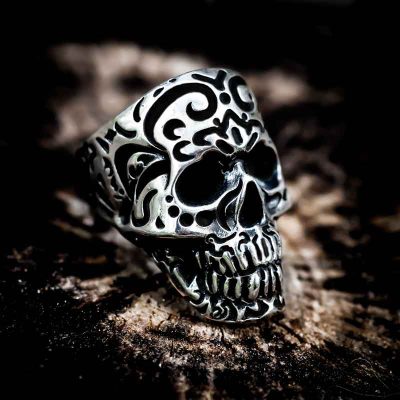
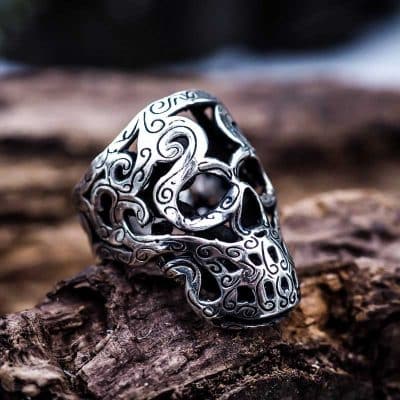
We called them Kamate Skull Ring e Maori Skull Ring.
The message these symbols carry is one of vitality, triumph over death, and rebirth, with the ancient, elegant, and mysterious flavor of a sea people who stand at the opposites of our world.

The heart: an eternal symbol from ancient history 22/08/24 SUMMARY The heart is an element with countless nuances, meanings that have evolved over the centuries
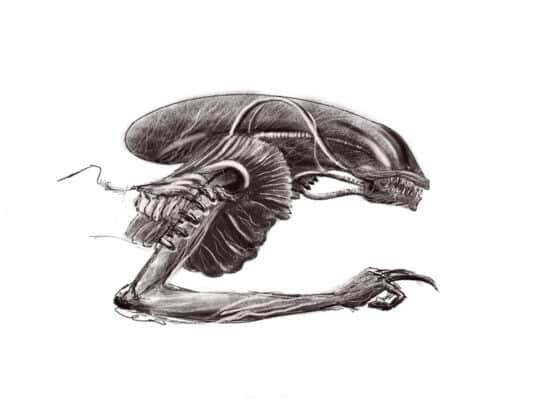
What is the Alien, or Xenomorph? Let’s find out its story, the meanings and symbols of the scariest predator in the universe. Anyone who has